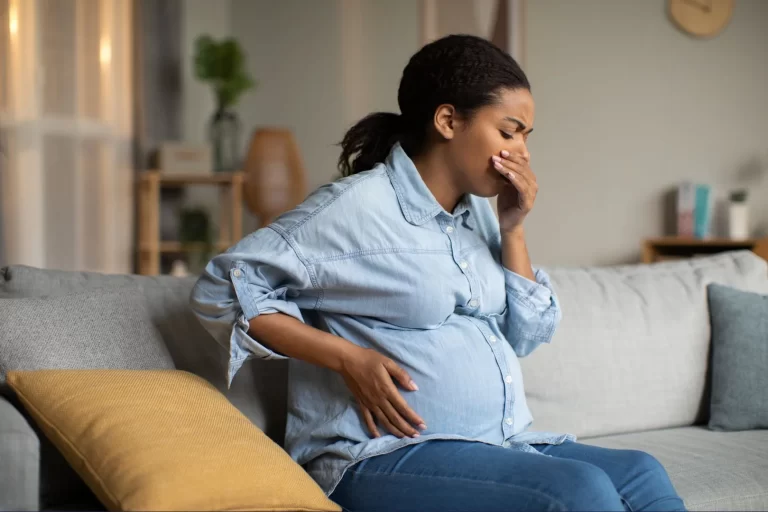During the first trimester of pregnancy, you may have bouts of nausea and vomiting known as ‘morning sickness’. It affects about 70–80% of all pregnant women to some extent, but it can vary from woman to woman. Morning sickness typically starts around 6 weeks of pregnancy.
It is not exactly sure which hormone triggers symptoms of morning sickness, but it is suspected that an overflow of human chorionic gonadotropin (HCG) a hormone produced primarily by the placenta during pregnancy, and progesterone hormone levels that can set in motion morning distress.
Progesterone helps the uterus (womb) grow during pregnancy and keeps it from having contractions. If you have contractions in early pregnancy, it may lead to miscarriage.
- Interestingly, it is called ‘morning sickness’ because the symptoms are more likely to occur early in the day, but nausea or vomiting can occur at any time during the day.
- The most commonly thought reason is the natural increase in hormones, especially human chorionic gonadotropin, or HCG, a hormone produced primarily by the placenta during pregnancy.
- Progesterone in combination with estrogen may also have a role in NVP (Nausea and vomiting of pregnancy). Estrogen levels increase steadily during pregnancy and may cause some of the nausea associated with pregnancy.
- Fortunately, morning sickness usually stops on its own by the end of the first trimester or beginning or second trimester. About 10% of women still have symptoms after the 20th week of pregnancy.
If your symptoms are severe or interfere with your daily activities, you should talk to your doctor for relief measures.





